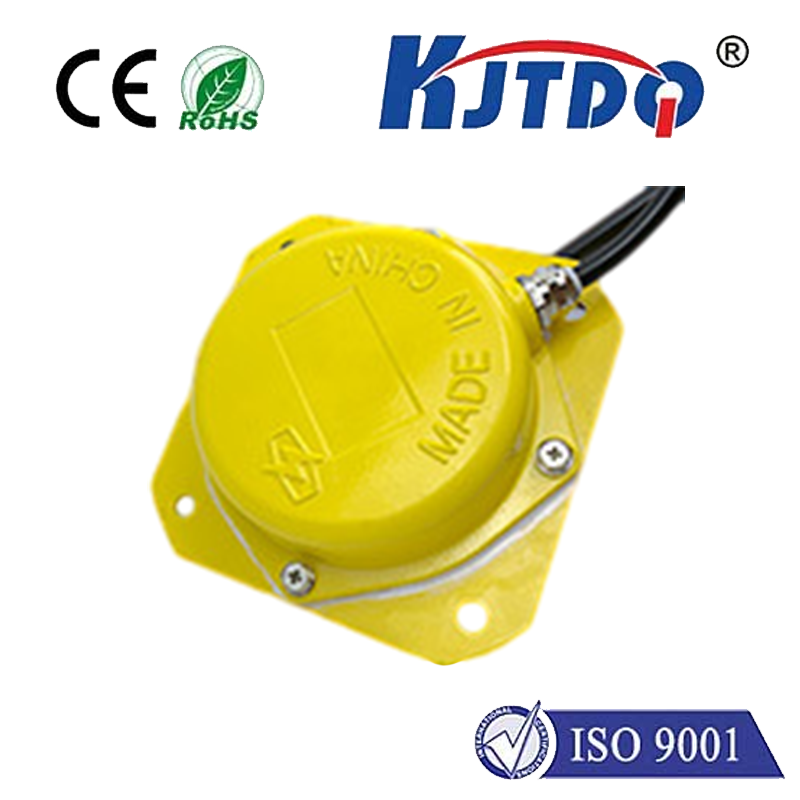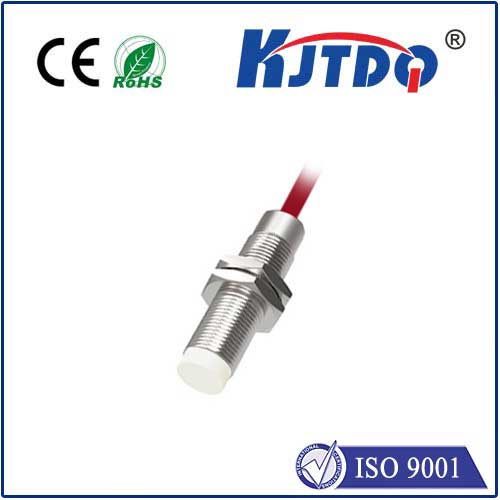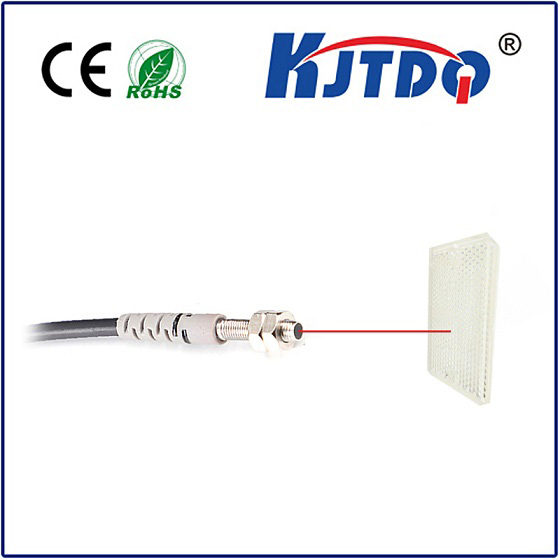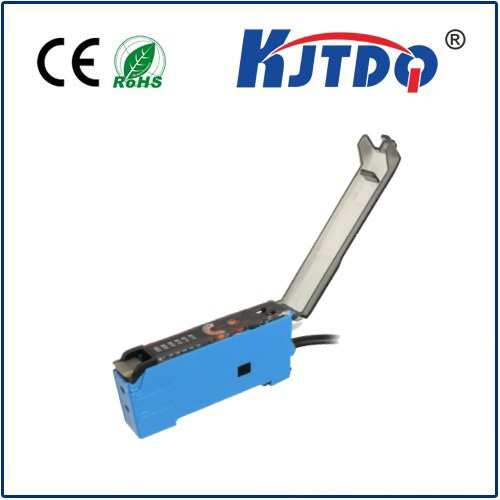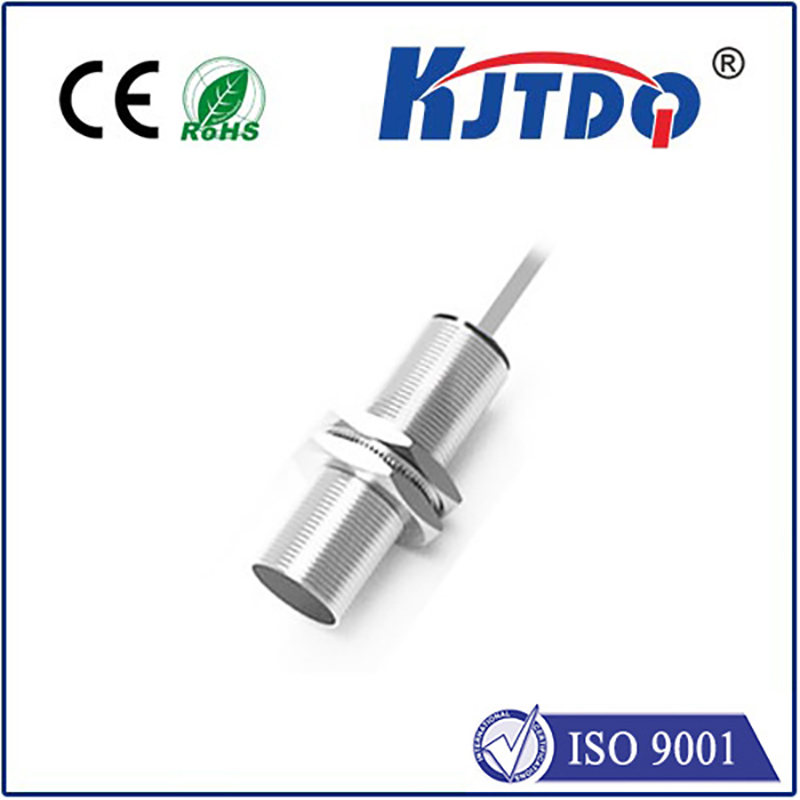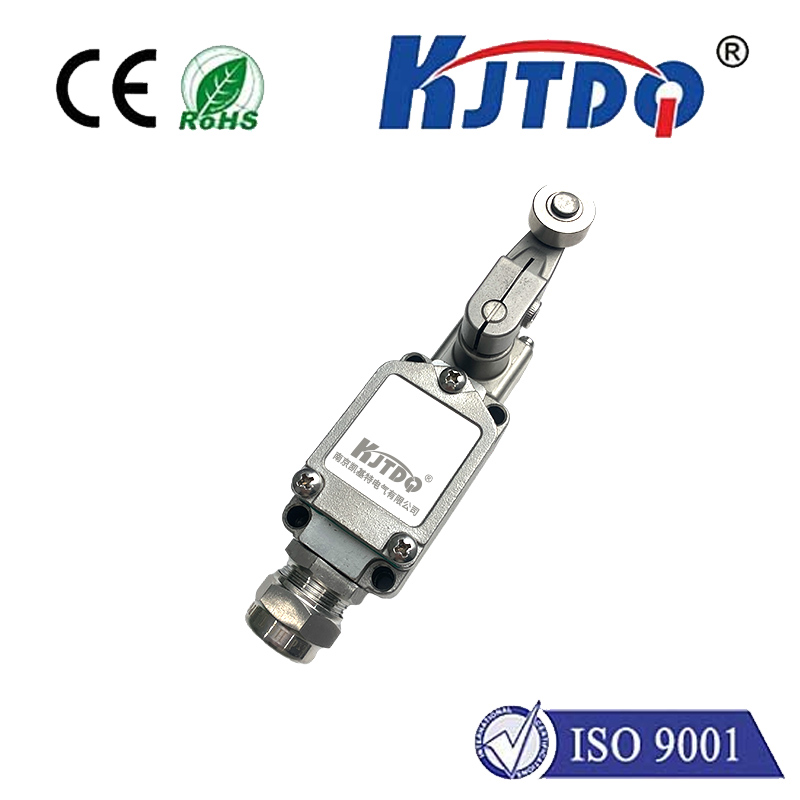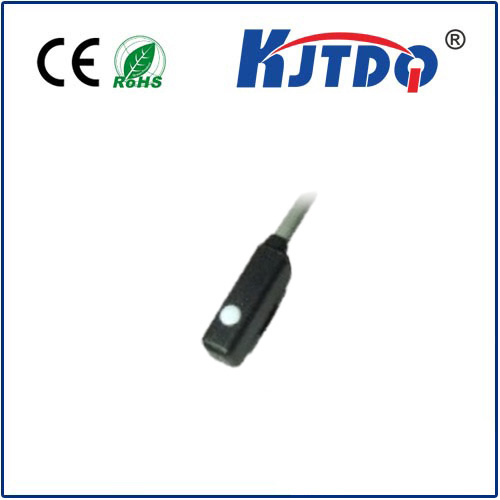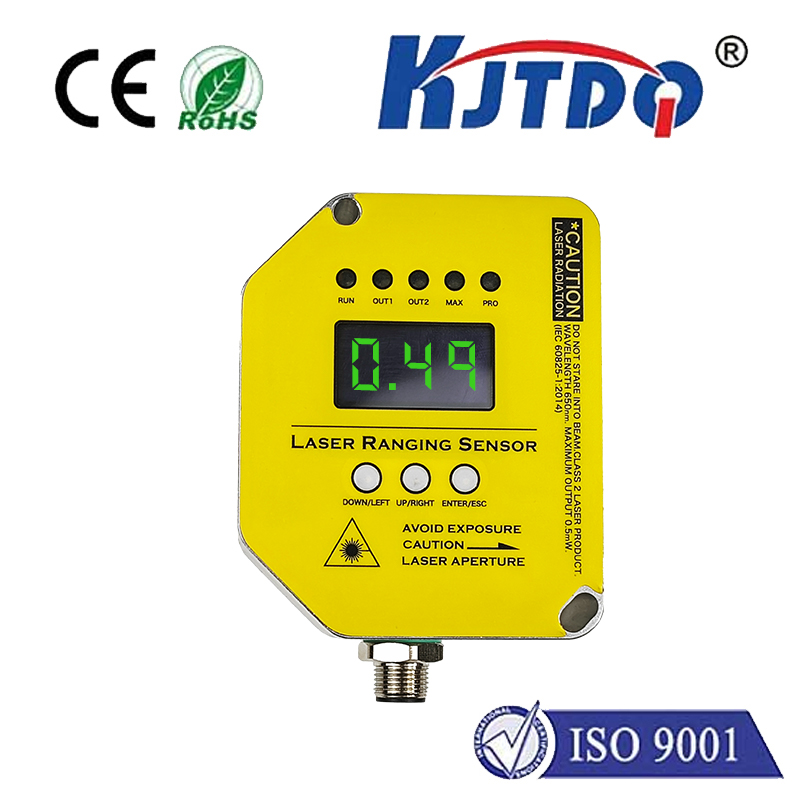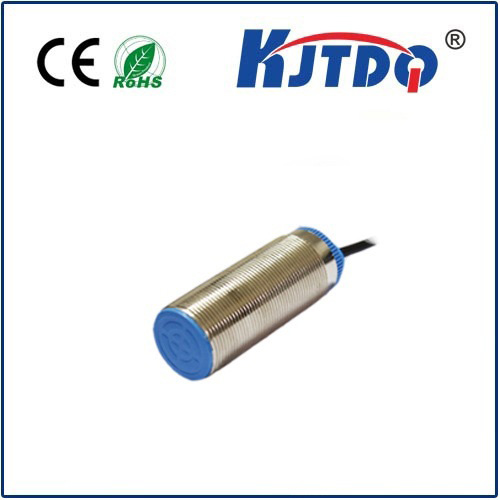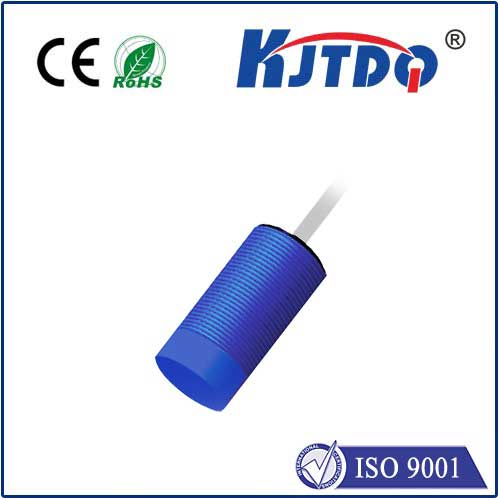vcsel proximity sensor
- time:2025-08-29 04:14:01
- Click:0
VCSEL Proximity Sensors: The Silent Sentinels Powering Smarter Interactions
Imagine this: you lift your smartphone to your ear during a call, and the screen instantly goes dark, preventing accidental cheek dialing. You close a laptop lid, and it seamlessly enters sleep mode. A robot navigates confidently around obstacles on a factory floor. At the heart of these intuitive, non-contact interactions lies a remarkable piece of technology: the VCSEL proximity sensor. Far more sophisticated than simple on/off switches, these sensors are the unseen guardians enabling a new level of responsiveness and efficiency in countless devices we rely on daily.
So, What Exactly is a VCSEL Sensor?
Let’s break down the acronym first. VCSEL stands for Vertical-Cavity Surface-Emitting Laser. Unlike traditional edge-emitting lasers, VCSELs emit a tightly controlled, narrow beam of infrared (IR) light perpendicularly upwards from the top surface of the semiconductor chip. This unique structure is fundamental to their success in proximity sensing.
A VCSEL proximity sensor is, therefore, a device that utilizes this specific type of laser diode to detect the presence or absence of an object within a defined range without physical contact. It operates primarily by measuring the distance to the target object.

The Core Principle: Shedding Light on Distance
The magic happens through infrared light and precise measurement. Here’s a simplified breakdown of the typical operation:
- Emission: The VCSEL emits a highly focused, eye-safe beam of near-infrared light towards the target area.
- Reflection: If an object is present within the sensor’s detection field, this IR light reflects off its surface.
- Detection: A highly sensitive photodiode (often a Silicon Photomultiplier (SiPM) or Single-Photon Avalanche Diode (SPAD)) adjacent to the VCSEL captures the reflected light signal.
- Measurement & Interpretation: The sensor’s electronics measure the key parameter – most commonly, the time-of-flight (ToF). This is the very short time interval between the emission of the light pulse and the detection of its reflection. Using the constant speed of light, the sensor’s internal processor accurately calculates the distance to the object.
- Output: The sensor signals the host device (e.g., your phone’s processor) with the detection status and/or the precise distance measurement.
Why VCSELs? The Compelling Advantages Over Alternatives
VCSELs haven’t just entered the proximity sensing arena; they’ve revolutionized it, displacing older technologies like LEDs or IREDs (Infrared Emitting Diodes) for high-performance applications. Here’s why they dominate:
- Unmatched Power Efficiency: VCSELs are incredibly energy-efficient, converting a significant portion of electrical input into useful optical output. This translates to ultra-low power consumption, a critical factor for battery-powered devices like smartphones, wearables, and IoT sensors. They conserve precious battery life.
- Precision & Accuracy: The inherent design of VCSELs produces a highly focused, collimated (parallel) beam with excellent beam quality. This results in precise distance measurement even over relatively short ranges (millimeters to a few meters), with minimal angular divergence, reducing crosstalk and false triggers. Accuracy is paramount in applications like touchless interfaces.
- High Speed & Responsiveness: VCSELs can be modulated incredibly fast, capable of emitting very short, intense light pulses. This enables rapid time-of-flight measurements, allowing for quick response times and the ability to track fast-moving objects effectively. Think of gesture recognition in AR/VR.
- Compact Size & Reliability: Their vertical emission structure allows VCSELs to be fabricated densely on a wafer and packaged in extremely small, surface-mount modules. This compact form factor is essential for integration into space-constrained modern electronics. They also boast high reliability and long operational lifetimes.
- Wavelength Consistency & Control: VCSELs emit light at very well-defined wavelengths (commonly around 850nm or 940nm), with minimal wavelength drift due to temperature changes. This consistency enhances performance, especially when paired with optical filters on the receiver side to minimize interference from ambient light. Stable wavelength is key for robust operation.
Where VCSEL Proximity Sensors Make Their Mark
The unique blend of efficiency, precision, speed, and miniaturization has propelled VCSEL proximity sensors into a vast array of applications:
- Consumer Electronics: The most common application. Enabling automatic display on/off during calls, preventing accidental touches on phones and tablets, presence detection in laptops for power saving, gesture sensing in smart home devices. Essential for user experience and battery life.
- Wearables: Used in smartwatches and fitness trackers for display management (e.g., turning off when covered by a sleeve) and touchless control.
- Automotive: Vital for driver monitoring systems (DMS) detecting driver drowsiness or distraction (presence/attention), proximity detection for automatic tailgates or touchless controls inside the cabin, and contributing to interior occupancy sensing for safety systems.
- Industrial Automation: Enabling object detection on assembly lines, robotic collision avoidance, presence sensing for automated doors or equipment activation/deactivation, and precise positioning control. Robustness and reliability are critical here.
- Robotics: Essential for obstacle detection and avoidance in autonomous mobile robots (AMRs) and drones operating in dynamic environments. High speed and accuracy save the day.
- Medical Devices: Used for non-contact activation in hygiene-critical equipment and proximity detection in various instruments.
- Smart Building & IoT: Implementing touchless light switches, faucets, and dispensers; occupancy sensing for smart HVAC and lighting control.
The Future is Bright (and Efficient)
The evolution of VCSEL technology continues. We see advancements like multi-junction VCSELs delivering even higher power output with superior efficiency, enabling greater sensing ranges. Integration is improving, with combined VCSEL emitter arrays and SPAD-based receiver arrays creating even smaller, more powerful sensing modules. Furthermore, enhanced algorithms are leveraging VCSEL proximity sensor data for more sophisticated presence detection, gesture recognition, and contextual awareness within devices.
Driven by the insatiable demand for smarter, more intuitive, and energy-efficient devices across sectors, VCSEL proximity sensors have solidified their position as indispensable components. Their ability to provide fast, accurate, and low-power non-contact detection makes them the silent sentinels enabling the seamless, touchless interactions we increasingly take for granted, fundamentally shaping the future of human-machine interfaces.












